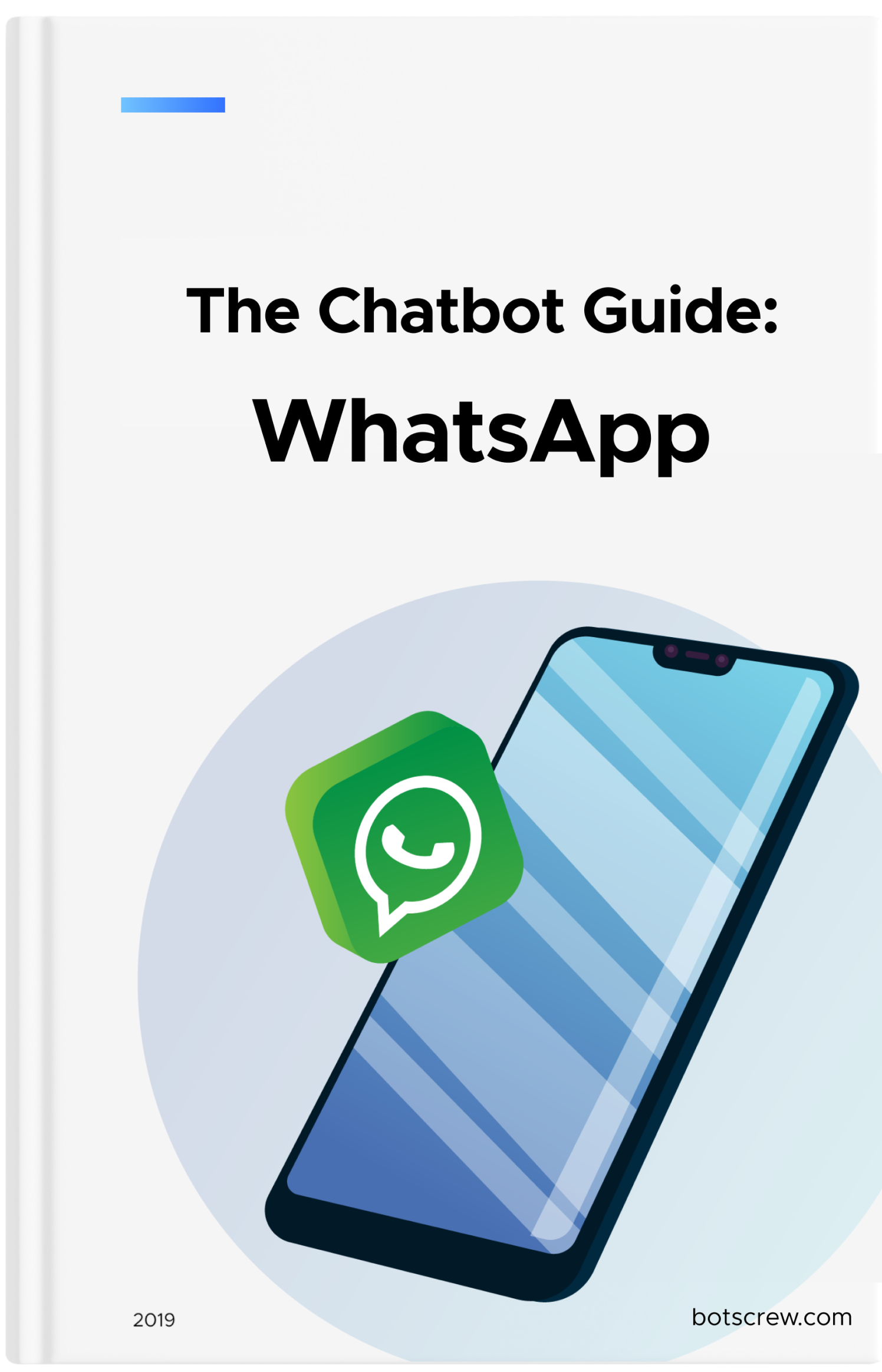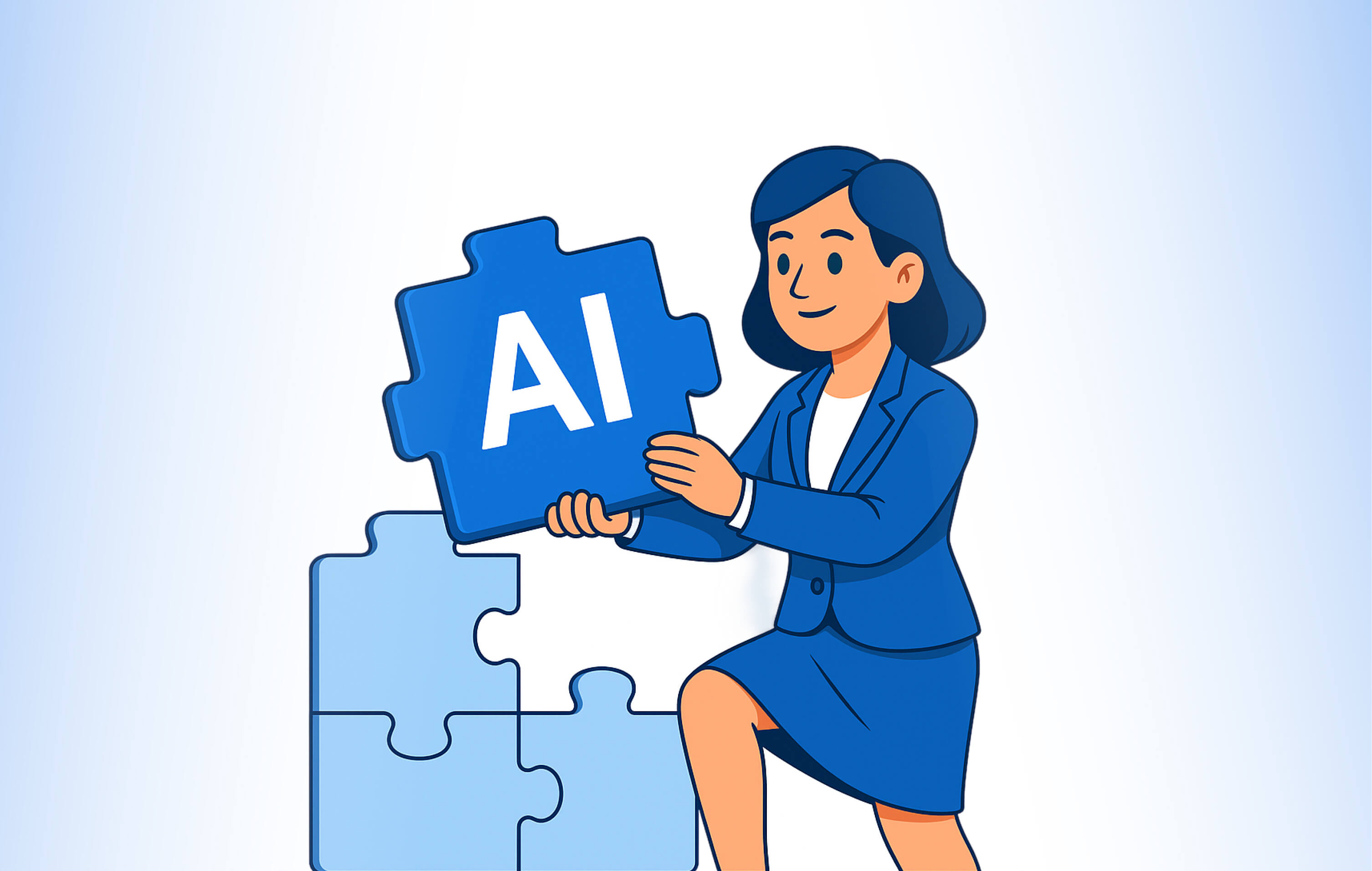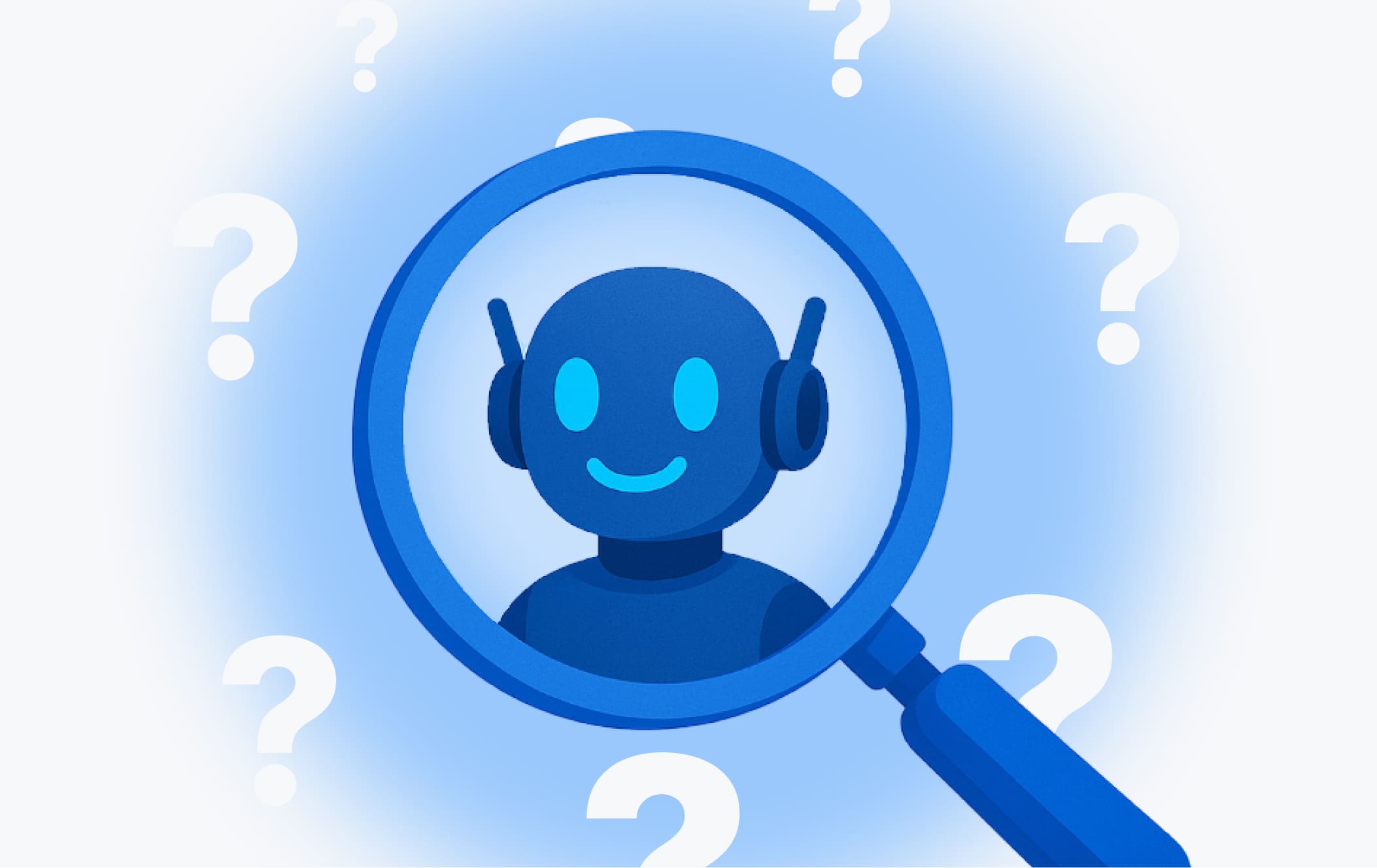The AI Talent Shortage: Build vs. Buy vs. Partnering With Experts
To stay competitive, organizations must reinvent how they plan, attract, and empower their tech workforce. From upskilling existing teams to strategic outsourcing and smarter talent strategies, here is how they can bridge the growing AI talent shortage and build future-ready teams.
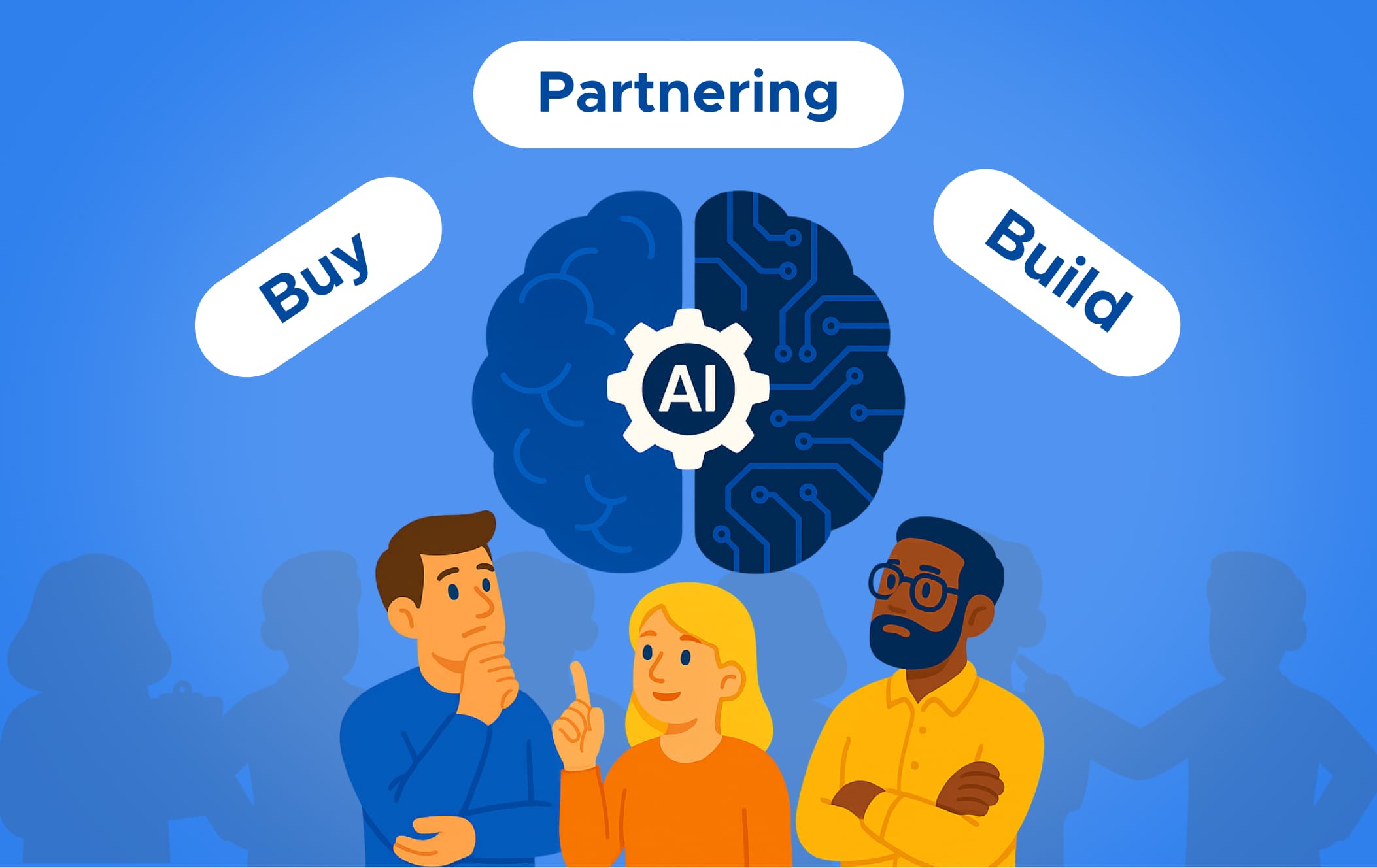
Job postings in the US demanding generative AI expertise have skyrocketed, soaring by over 1,800% in just a few years. Yet, despite this explosive demand, the market faces a sharp imbalance: countless organizations are racing to adopt AI, while the pool of seasoned professionals — particularly AI engineers, data scientists, and MLOps specialists — remains painfully limited. Many enterprises find themselves in fierce competition with Big Tech, whose lucrative salaries and benefits are hard to rival.
Without the right people to design, train, and operationalize AI models, even the most ambitious projects can stall. Companies struggle to move from pilot experiments to scalable production, maintain reliable data pipelines, or enforce robust AI governance frameworks.
As a result, business leaders and CTOs are confronting a pivotal strategic dilemma: should they build in-house AI capabilities from the ground up, buy pre-built solutions, or partner with external experts who can deliver both speed and deep technical expertise? In this post, we'll break down each approach — its strengths, trade-offs, and key decision criteria — to help organizations navigate the AI talent shortage and chart the smartest path toward long-term success.
Why the AI Talent Shortage is Growing Every Year
The demand for AI talent continues to surge — and there is no indication it will slow anytime soon. Between 2018 and 2023, the St. Louis Fed recorded a 257% increase in technical AI job postings, underscoring how deeply AI capabilities have become embedded in modern business operations. Even more telling is that AI is no longer just a tech department concern. Nearly 1 in 4 non-technical job listings now include AI-related skills in their descriptions.
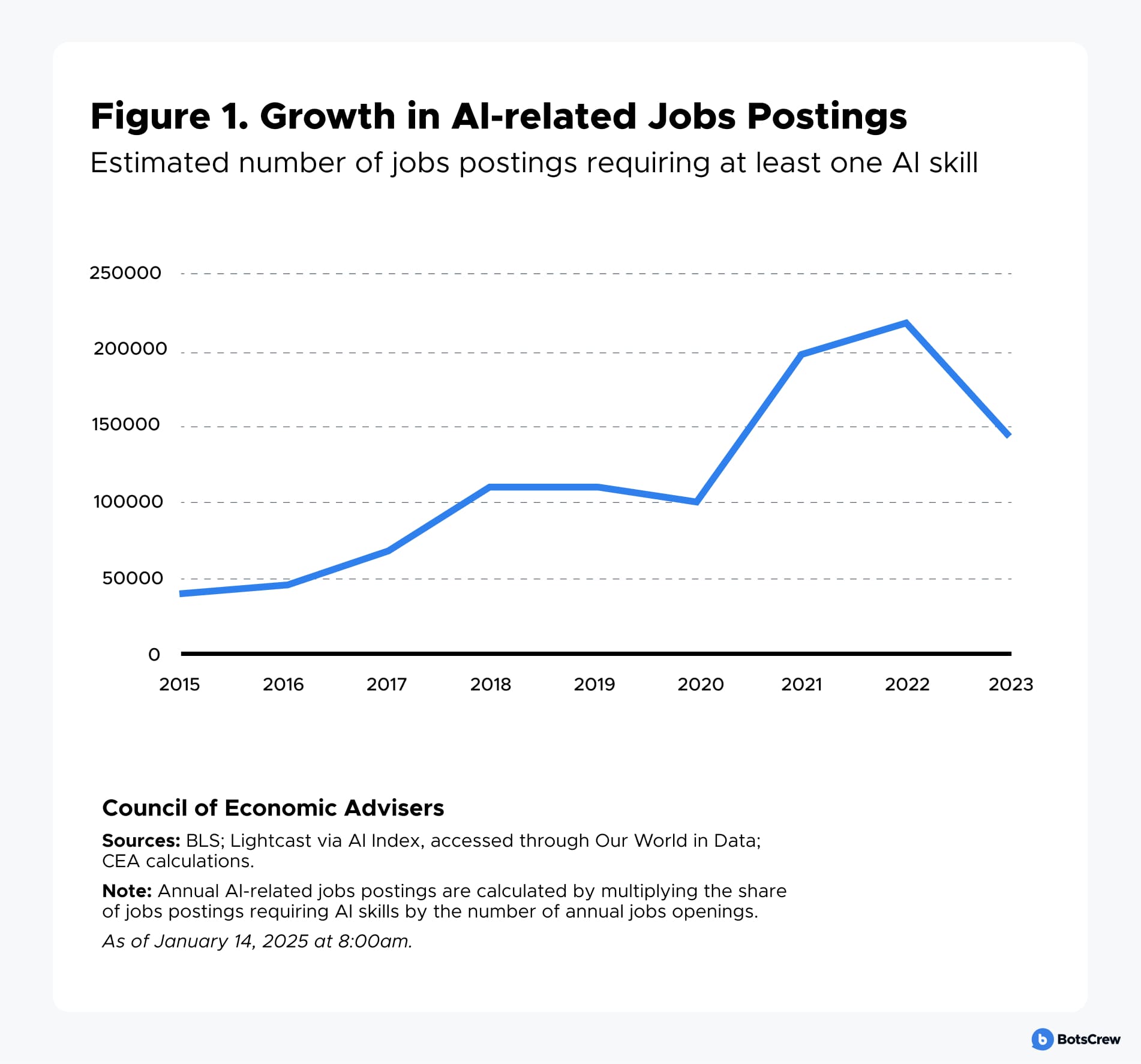
According to Bain & Company, demand for AI skills for employees has grown 21% annually since 2019, with the AI skills gap expected to persist through 2027. The firm warns that by then, half of all AI-related positions could remain unfilled. CompTIA's 2024 Tech Workforce Report highlights that 87% of organizations struggle to hire AI developers, and the average time-to-fill such positions has stretched to 142 days. Here are the core reasons behind today's AI talent crunch.
#1. Supply–Demand Imbalance. Universities simply can't produce specialists fast enough. According to Stanford's AI Skills Shortage 2025 Report, the percentage of AI-related job postings in the US reached 1.8% in 2024, marking a 28.6% year-over-year increase. By 2025, job postings doubled — from 40,000 in 2024 to 80,000 — while the number of qualified specialists remains far behind.
#2. The Fierce Competition for AI Talent. Big Tech companies — from Google to OpenAI to Amazon — continue to dominate the market for AI engineers and researchers, offering compensation packages that smaller enterprises or even large non-tech corporations can't match.
#3. The Growing Challenge of Retaining AI Talent. Even for companies that manage to hire qualified AI professionals, keeping them is another battle. Skilled engineers and data scientists gravitate toward organizations where AI innovation is central to the business — typically major tech firms. Teams that fail to provide engaging projects, clear career growth, and competitive compensation risk losing their experts to better opportunities elsewhere.
#4. Uneven Global Talent Distribution. Around 65% of qualified AI developers are clustered in just five metropolitan areas, making it difficult for organizations elsewhere to access the expertise they need. For instance, California hosts over half of the world's leading AI companies, while other US states lag far behind in AI talent representation.
In Europe, Germany is home to around 1,250 AI companies, and the UK boasts 3,700 AI firms employing over 60,000 specialists. Meanwhile, Eastern Europe — particularly Poland and Ukraine — has emerged as a powerful offshoring hub with over 928 AI-focused companies, competitive rates, and favorable business conditions.
When considering Eastern Europe as a nearshore destination, it's vital to partner with a gen AI provider that has both a strong local talent pool and a proven track record of delivering high-quality AI projects.
This guide arms you with 12 essential questions to ask before partnering with any AI development company — including ours. You'll uncover the warning signs to watch for, plus insider insights into how our team tackles the toughest challenges in building reliable, high-impact AI solutions.
How Leaders Can Close the AI Skills Gap: 4 Strategies to Build, Buy, and Bridge AI Talent Needs
Having examined the root causes behind the AI talent shortage, it's time to focus on what leaders can do about it. For C-level executives, HR and talent acquisition leaders, and technology decision-makers, the challenge goes beyond AI talent acquisition — it is about designing a sustainable approach to building, buying, and bridging AI capabilities across the organization.
In the following sections, we explore key strategies that leading enterprises use to stay competitive: from developing in-house expertise and AI upskilling for existing teams to forming strategic partnerships and leveraging global talent pools.
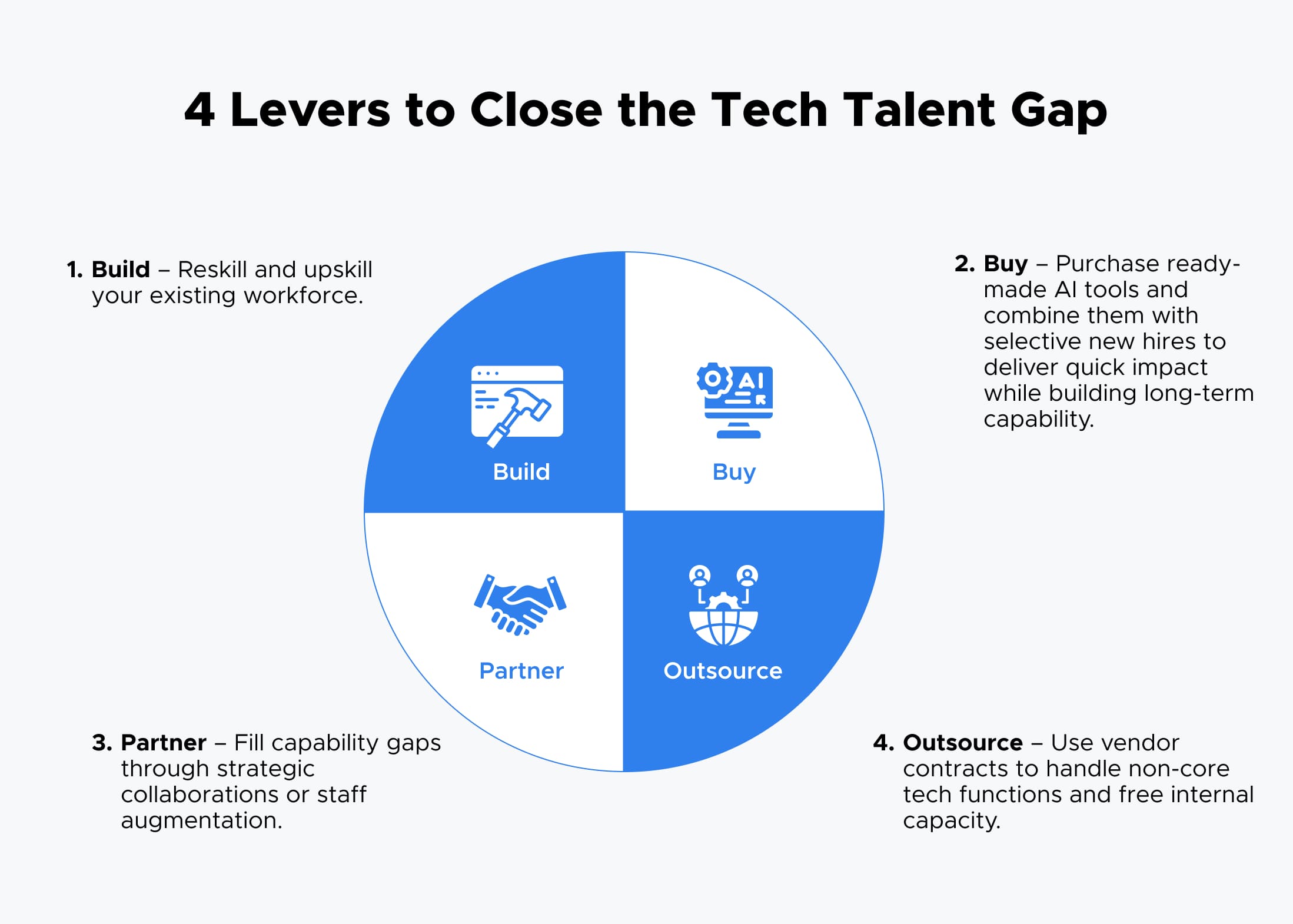
Option 1 — Build: Developing an In-House AI Team
Building an internal AI team offers complete control, deep customization, and tight integration of AI into the company's operations, products, and decision-making frameworks. When executed effectively, it can evolve into a self-sustaining competitive advantage. Yet, this approach also demands significant resources, cultural transformation, and long-term executive sponsorship. It isn't just about hiring new talent — it is about developing the talent you already have.
AI upskilling turns existing employees into a renewable source of AI talent. Your software engineers, data analysts, and domain experts already understand your business logic, customers, and workflows — the most complex context for an outsider to learn. Equipping them with AI and machine learning expertise amplifies both technical and organizational intelligence.
For instance, backend engineers can learn Python, TensorFlow, or PyTorch to contribute to AI model development. Data analysts can evolve into citizen data scientists, building predictive models or leveraging cloud-based AI services.
AI training for employees also pays off culturally: it increases retention, as employees see tangible career growth, boosts morale, turning curiosity into capability, and reduces onboarding friction, since internal talent already aligns with company values and processes.
Pros
👍 Full Control Over Data, Models, and IP: Every insight, dataset, and algorithm remains proprietary — a critical advantage for sectors like finance, healthcare, and logistics, where data sensitivity and regulatory compliance are paramount.
👍 Deeper Strategic Alignment: Internal teams develop an intuitive understanding of your business model, customer needs, and operational constraints, enabling hyper-relevant AI solutions tailored to your ecosystem.
👍 Sustainable Competitive Advantage: Once the foundation is built, your organization can continuously iterate, scale, and innovate — transforming AI from a cost center into a strategic growth engine.
Cons
☹️ Hiring and Retention Challenges: Recruiting senior AI engineers, data scientists, and MLOps specialists is costly and time-consuming. Compensation packages must compete with Big Tech, while retention depends heavily on maintaining engaging, impactful projects.
☹️ Long Ramp-Up Time: Establishing infrastructure — from data governance to ML pipelines and compliance frameworks — often requires 6–18 months before meaningful outcomes emerge.
☹️ Risk of Burnout and Knowledge Loss: Small, specialized teams can become overstretched, especially during scale-up phases. Losing a single key expert may delay or derail entire projects.
When It Makes Sense
✅ You have a clear long-term AI vision tied directly to core business goals.
✅ Your organization manages proprietary or sensitive data that cannot be shared externally.
✅ You maintain a strong R&D budget and a commitment to developing intellectual property.
✅ You seek to establish AI as a strategic competency, not just a project or tool.
To execute effectively, leading organizations combine multiple AI talent development strategies:
- Internal AI academies and workshops that blend technical and domain-specific learning.
- Partnerships with universities or online platforms (e.g., Coursera, Udacity, edX) for certification-based programs.
- Mentorship and peer learning, ensuring knowledge transfer across teams.
- AI hackathons and pilot programs, providing real-world applications in a low-risk environment.
- Collaboration with external AI consulting partners to accelerate capability building, design custom learning roadmaps, and bring project expertise into internal AI training programs for employees.
Before launching training initiatives, conduct an AI skills gap analysis to benchmark existing capabilities against future requirements. This data-driven assessment informs a customized L&D roadmap that evolves alongside your AI strategy, incorporating practical AI training methods for employees to ensure skills are immediately applicable and aligned with real-world business needs.
Option 2 — Buy: Off-the-Shelf AI Solutions
For organizations that need speed, scalability, and measurable outcomes without heavy upfront investment, buying off-the-shelf AI tools is often the most pragmatic path forward. These solutions — from AI-powered analytics dashboards to intelligent chatbots and workflow automation platforms — allow companies to capture immediate value while sidestepping the lengthy process of building internal infrastructure or recruiting scarce AI specialists.
Pros
👍 Fast implementation and quick ROI: Off-the-shelf AI products can be integrated in a matter of weeks.
👍 Proven, tested systems with continuous innovation: Established vendors update their models frequently, leveraging broad user feedback and new research.
👍 Reduced hiring pressure and operational overhead: With the global shortage of data scientists and AI engineers, pre-built tools help organizations bypass hiring bottlenecks.
👍 No need to build or maintain AI infrastructure: Cloud-based delivery models eliminate the need for expensive data pipelines, GPU clusters, or MLOps frameworks.
Cons
☹️ Limited customization and adaptability: While off-the-shelf AI is quick to deploy, it's rarely tailored to the unique nuances of your data or business model. This can limit differentiation — especially for enterprises that compete on proprietary insights or highly specific processes.
☹️ Vendor dependency and slower innovation control: When relying on third-party systems, you are tied to the vendor's release schedule and priorities. If the provider pivots, discontinues a feature, or reduces support, your operations could be disrupted.
☹️ Data privacy and integration challenges: Integrating cloud-based AI solutions into legacy environments often introduces data compliance and interoperability issues. For heavily regulated industries (finance, healthcare, public sector), additional due diligence is needed to ensure data security and governance alignment.
When It Makes Sense
✅ Your goal is to capture quick wins — automating processes, improving analytics, or enhancing customer engagement.
✅ The business needs to prove AI's ROI before committing to deeper investments in internal teams or infrastructure.
✅ The solution required is non-core but high-impact, such as customer support automation, marketing analytics, or predictive maintenance.
Many leading organizations adopt a buy now, build later approach — purchasing pre-built tools to deliver short-term value while developing an internal AI roadmap in parallel.
Option 3 — Partner: Collaborating With AI Experts
Global partnerships and staff augmentation offers a strategic middle ground between building in-house teams and buying off-the-shelf solutions. This approach lets organizations leverage specialized expertise while keeping projects tailored, scalable, and aligned with business objectives. They also provide significant advantages in cost and flexibility.
For instance, hiring AI developers in Eastern Europe can be up to 70% more cost-effective than in the US, while still delivering top-tier technical expertise. These developers bring strong English proficiency, unique skills for AI, deep knowledge of AI frameworks, and the ability to enhance your team's productivity. Staff augmentation further allows organizations to control workflows and integrate external specialists seamlessly, while vendors handle HR, legal, and administrative responsibilities.
Pros
👍 Access to specialized knowledge and top-tier engineers without full-time hiring: AI consultancies and solution providers bring teams experienced in diverse industries, frameworks, and architectures.
👍 Faster deployment with custom-built solutions: External teams often bring pre-developed components, templates, and proprietary workflows that accelerate delivery without sacrificing quality.
👍 Opportunity to train internal teams alongside experts: By co-developing solutions, internal teams gain hands-on exposure to modern AI practices, tooling, and governance frameworks.
👍 Shared responsibility for implementation, governance, and scalability: The best partnerships extend beyond development. They involve joint ownership of outcomes, with partners assisting in model deployment, risk assessment, and performance monitoring — ensuring that the AI solution remains sustainable and compliant.
Cons
☹️ Requires clear contracts on data usage, IP ownership, and handover: Collaboration with external teams must be underpinned by robust agreements defining data access protocols, intellectual property rights, and post-project responsibilities to prevent future disputes or dependency risks.
☹️ Dependence on partner quality and communication: Poor communication or unclear accountability can lead to misaligned expectations, budget overruns, or integration challenges.
When It Makes Sense
✅ You need custom AI capabilities without building in-house.
✅ You want rapid execution for proofs-of-concept or pilots — External experts can develop prototypes quickly, helping you validate AI initiatives before committing significant capital or internal resources.
✅ You require scalable resources — Staff augmentation and strategic partnerships allow teams to expand or contract based on project needs, ensuring efficiency and cost-effectiveness.
✅ You need specialized domain expertise — Partners bring deep knowledge in niche AI applications, advanced algorithms, or industry-specific regulatory requirements that internal teams may not possess.
Option 4 — Outsource: Access Expertise Without Delay
AI upskilling and internal development take time — time that most organizations don't have in a market moving at the speed of AI. When you need specialized talent immediately, strategic outsourcing becomes a powerful lever.
In AI, outsourcing doesn't just mean hiring an external vendor; it means partnering with experienced teams like BotsCrew that can inject your organization with the technical depth, proven methodologies, and execution speed your in-house team may currently lack. These partners bring ready-to-deploy AI engineers, MLOps, and other specialists who can integrate quickly, reduce project risk, and accelerate innovation.
Outsourcing is particularly valuable for high-priority, short-term, or highly specialized generative AI projects — such as automating customer support with generative AI, designing predictive maintenance systems, or deploying an AI-driven analytics platform. Rather than spending months recruiting scarce talent, you gain instant access to experts who have delivered similar systems across multiple industries.
Pros
👍 Speed to Execution: Outsourcing allows you to kick off projects immediately, bypassing lengthy recruitment cycles and internal onboarding.
👍 Access to Top-Tier Talent: You gain specialized expertise that's often unavailable in-house — from applied machine learning to NLP, predictive analytics, and MLOps.
👍 Scalability and Flexibility: Teams can be scaled up or down quickly depending on project phases and evolving business priorities.
👍 Reduced Risk: Avoids the overhead and long-term commitment of full-time hires for short-term initiatives, minimizing financial and operational risk.
Cons
☹️ Integration Challenges: Aligning external specialists with internal workflows, data security protocols, and culture may require additional effort.
☹️ Variable Quality: Not all outsourcing partners are equal — poorly chosen vendors can lead to technical debt or suboptimal results.
☹️ Hidden Costs: Communication overhead, IP protection, and coordination may increase total project costs if not properly managed.
When It Makes Sense
✅ You need to launch a project quickly to seize a market opportunity or meet a critical deadline.
✅ The required expertise is highly specialized or unavailable internally, such as advanced NLP, computer vision, or large-scale model optimization.
✅ You aim to validate an idea or pilot an AI initiative before committing to permanent in-house investment.
✅ Your goal is to accelerate digital transformation while gradually developing internal capabilities in parallel.
✅ You want to de-risk innovation, leveraging external experts who have successfully solved similar problems across industries.
The Future of AI: Act Now or Fall Behind
The AI skills gap isn't going away anytime soon. And it costs companies millions in lost opportunities and delayed competitive positioning. Organizations cannot afford to wait as talent becomes scarcer and more expensive.
Business leaders who act now — by investing in AI workforce upskilling, fostering AI-friendly work environments, and effectively outsourcing — will stay ahead. Those who wait risk falling behind as competitors harness AI-driven insights to outperform them. The question for company leaders is simple: Are we adapting fast enough to win the AI talent war?
At BotsCrew, our team of experts brings years of experience building, deploying, and maintaining AI systems across industries. We provide end-to-end AI development and consulting services, helping your company design, implement, and scale AI solutions efficiently. Our consulting services are tailored to your team's schedule and business needs, ensuring both skill growth and successful AI project delivery.
For immediate project needs, BotsCrew's managed AI teams and on-demand specialists can seamlessly integrate with your in-house team, providing the expertise needed to get projects off the ground quickly and successfully.
We work closely with your leaders to ensure knowledge transfer and sustainable growth, so your company isn't left dependent on external help forever. Act now to secure your AI development capabilities before competitors move faster — and gain the advantage in the AI-driven future.
The ultra-competitive AI market means you can't afford to wait — nearly 50% of AI job openings will remain unfilled by 2027. Partner with us to secure the expertise your business needs.




